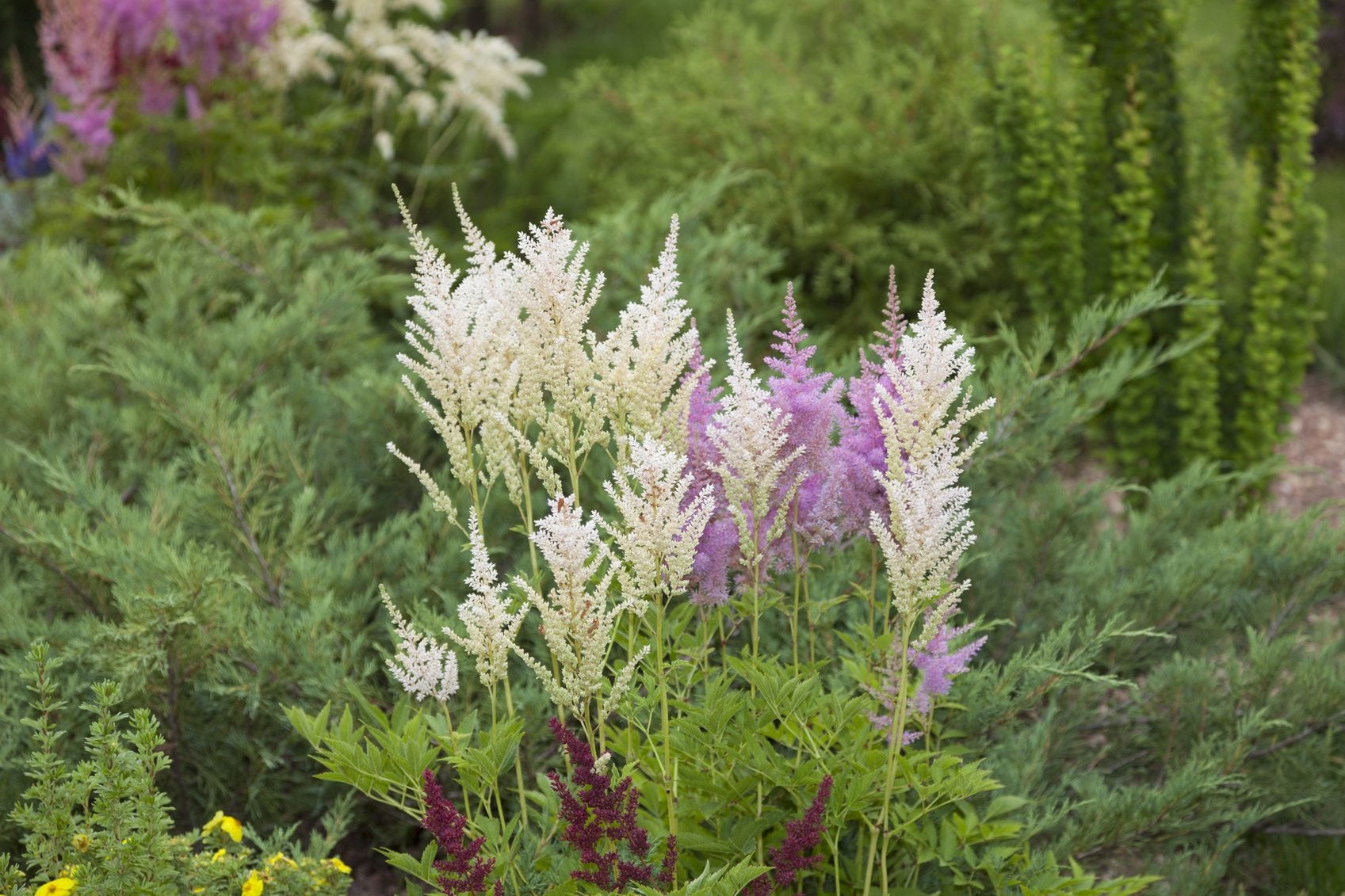Zone 3 Shade Plants – Choosing Hardy Plants For Zone 3 Shade Gardens


Selecting hardy plants for zone 3 shade can be challenging to say the least, as temperatures in USDA Zone 3 can dip down to -40 degrees F. (-40 C.). In the United States, we’re talking about the serious cold experienced by residents of parts of North and South Dakota, Montana, Minnesota, and Alaska. Are there really suitable zone 3 shade plants? Yes, there are several tough shade plants that tolerate such punishing climates. Read on to find out about growing shade-loving plants in cold climates.
Zone 3 Plants for Shade
Growing shade-tolerant plants in zone 3 is more than possible with the following selections: Northern maidenhair fern may look delicate, but it’s a shade-loving plant that tolerates frigid temperatures. Astilbe is a tall, summertime bloomer that adds interest and texture to the garden even after the pink and white flowers have dried up and turned brown. Carpathian bellflower produces cheery blue, pink, or purple flowers that add a spark of color to shady corners. White varieties are also available. Lily of the valley is a hardy zone plant that provides dainty, sweet-scented woodland flowers in spring. This is one of the few blooming plants that tolerates deep, dark shade. Ajuga is a low-growing plant appreciated primarily for its attractive leaves. However, the spiky blue, pink, or white flowers that bloom in spring are a definite bonus. Hosta is one of the most popular zone 3 plants for shade, valued for its beauty and versatility. Although hosta dies down in winter, it returns dependably every spring. Solomon’s seal produces greenish white, tube-shaped blooms in spring and early summer, followed by bluish black berries in fall.
Growing Shade-Tolerant Plants in Zone 3
Many of the hardy plants listed above are borderline zone 3 shade plants that benefit from a bit of protection to get them through the severe winters. Most plants do fine with a layer of mulch, such as chopped leaves or straw, which protects plants from repeated freezing and thawing. Don’t mulch until the ground is cold, generally after a couple of hard frosts.
Gardening tips, videos, info and more delivered right to your inbox!
Sign up for the Gardening Know How newsletter today and receive a free copy of our e-book "How to Grow Delicious Tomatoes".

A Credentialed Garden Writer, Mary H. Dyer was with Gardening Know How in the very beginning, publishing articles as early as 2007.